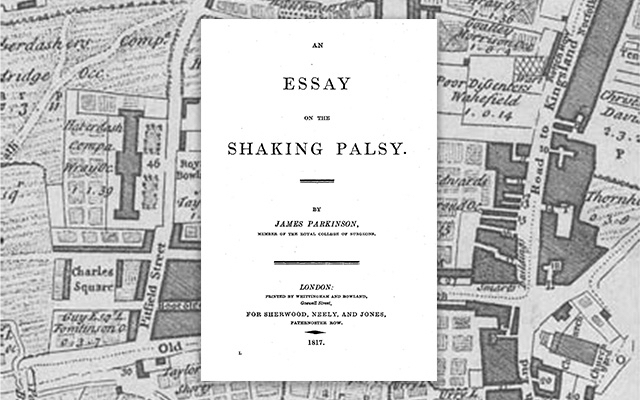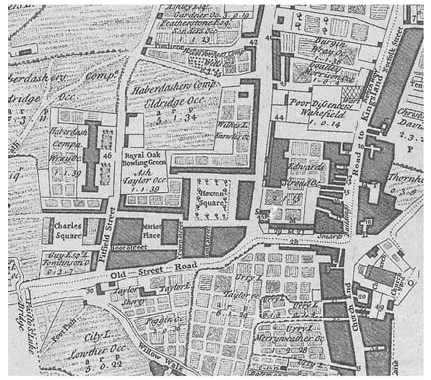
James Parkinson, a surgeon and political activist working in London around the turn of the 19th century, was the first person to describe ‘paralysis agitans’, a condition that would later be renamed Parkinson’s disease. In Parkinson’s Awareness Month, Dr Patrick Lewis, associate professor in cellular and molecular neuroscience at the University of Reading, UK, reflects on the man and his work
Early life and medical career
James William Keys Parkinson was born on 11 April 1755 in what was then the village of Hoxton, just to the north of the City of London (an area now filled with fashionable bars and restaurants).
We know very few details of his early life. His parents, John and Mary, had three children – James (the eldest), William and Mary. John Parkinson worked as a doctor in and around Hoxton, being a member of the company of surgeons, and this obviously influenced the young James Parkinson.
Following in his father’s footsteps, he enrolled at the London Hospital in 1776. A fascinating insight into Parkinson’s views on training to be a doctor is provided by a series of letters he compiled as a pamphlet on medical education in 1800 entitled ‘the hospital pupil’. In it, he detailed the requirements and system of a medical education, emphasising that “a sympathetic concern, and a tender interest for the sufferings of others, ought to characterise all those who engage themselves in a profession, the object of which should be to mitigate, or remove, one great portion of the calamities to which humanity is subject”.
It is likely that much of the advice in this book came from Parkinson’s own experience of entering the medical profession. He was awarded a diploma of the Company of Surgeons (the precursor to the Royal College of Surgeons) in 1784, just a few months after the death of his father.
In the days before such a job description existed, James Parkinson operated as a general practitioner in Hoxton for several decades, later in partnership with his son (also called James), who took over the running of the practise from his father when he retired. In addition to attending to the general health and wellbeing of the people of Hoxton, Parkinson was also heavily involved in the welfare of patients in the district’s numerous mental health institutions.

Parkinson was an active member of the medical community in London, and was elected a Fellow of the Medical Society of London in 1787. He wrote papers and pamphlets for the medical community and for consumption by the general public, presenting his first paper to the Medical Society of London in 1787 entitled ‘Some Account on the Effects of Lightning’. For a more general readership, he wrote several books of medical advice, for example ‘The Town and Country Friend and Physician’.